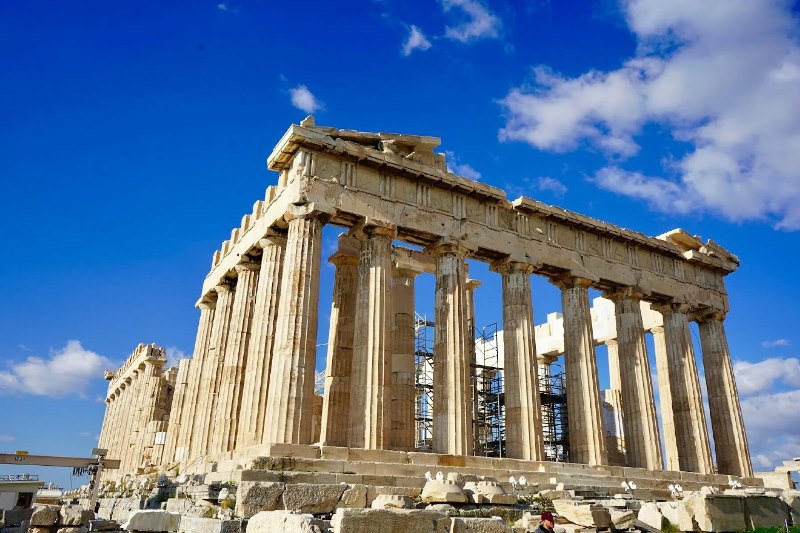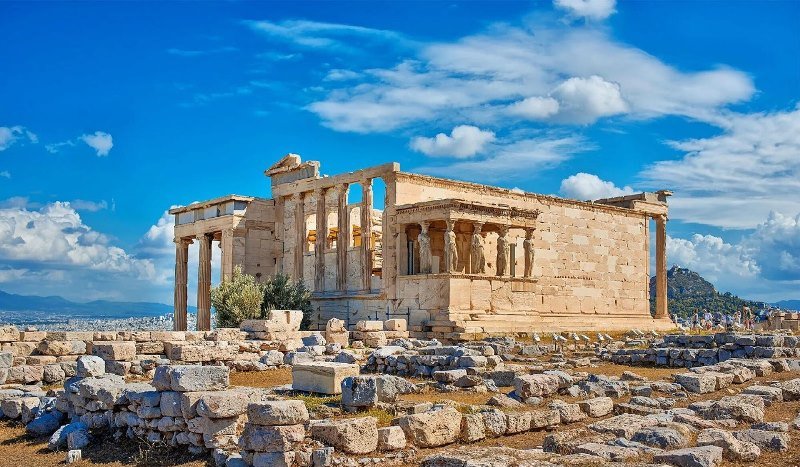 Athens Acropolis: the grandeur of Greek architecture, photos, history
Athens Acropolis: the grandeur of Greek architecture, photos, history
The Acropolis of Athens is an iconic site in Greece, embodying its rich heritage and historical value. This unique complex of buildings reveals to us the mysteries and history of life in Greece in the period from the 15th to the 10th centuries BC. Today, the authorities of Athens are doing everything possible to preserve and protect this historical treasure. It is important to note that within the city there is a ban on the construction of tall buildings that could block the view of the Acropolis, emphasizing its uniqueness. An impressive number of travelers and tourists flock here every year to immerse themselves in the history and culture of Greece. In the immediate vicinity of this historical site there are hotels in Athens, where guests can enjoy comfort and relax after busy excursions.
History in faces and monuments through the centuries
The word “acropolis” translated from ancient Greek means “fortified place in the city.” This unique site in Athens represents one of the oldest inhabited places in the country.
Between the 15th and 13th centuries BC, the Acropolis served as a royal residence. The Greco-Persian Wars brought destruction to this place, leaving only ruins. However, the people of Athens took an oath to restore this shrine. With the beginning of the 10th century BC, active construction began. The project was led by the outstanding Greek sculptor Phidias. It was he who owned the magnificent works of “stone” art, which we can admire to this day:
Parthenon
The heart of the Acropolis is the Temple of Athena, in the center of the ancient Greek capital. For a long time, the Parthenon was considered one of the most magnificent and richly decorated temples. But with the arrival of the Romans in Athens, the temple became a place of robbery, and the precious statues were taken to Rome. During the reign of Emperor Justinian, the Parthenon was transformed into the Hagia Sophia. During the fourth crusade, for a while, a Catholic church was established here. However, the greatest damage to the Parthenon was caused by the Turks: minarets were built on its territory and used to store gunpowder. In the 17th century, a shell hit the temple and turned it into ruins.
These days, the people of Athens are actively working to restore the Parthenon’s ancient glory and splendor. However, today one can appreciate the architectural delights conceived by the ancient Greeks. We are talking about visual correction of optical distortions created by the human eye. Despite the initial feeling that the temple is tilting under the weight of its structure, its columns hold it firmly in place.

Erechtheion
A sanctuary dedicated to gods and heroes, with a historical connection to the tomb of ancient rulers. A unique feature of the architectural design of this temple is the remarkable portico known as the “Porticus of the Caryatides”. This portico is decorated with columns that depict female figures and are called Caryatids.
Other significant architectural objects located on the Acropolis have survived to this day:
- The Bule Gate, named after the French architect who carried out archaeological excavations in the area.
- Sanctuary of Aphrodite, where only the architrave remains, but its presence recalls the ancient revered goddess.
- The Theater of Dionysus, which was famous for showing the works of such famous playwrights as Aristophanes, Euripides, Aeschylus and Sophocles.
- The ruins of the Temple of Zeus Polyaeus, testifying to the importance of religious rites in ancient Athenian life.
- The Odeon of Herod of Attica, which today is used to host Athens’ theatrical arts festivals, highlighting its importance in modern cultural life.
- Colonnade of Euminius II, which served the ancient Greeks as a place for walking and socializing.
Nowadays, these historical objects of the Acropolis are actively being restored and recreated according to the original drawings and diagrams, as well as taking into account the surviving images. Thus, the Acropolis continues to inspire and delight visitors with its rich history and cultural heritage. Also northwest of the Acropolis is Kerameikos, an open-air museum and archaeological site in Athens that provides additional unique opportunities to study ancient Athenian history and art.